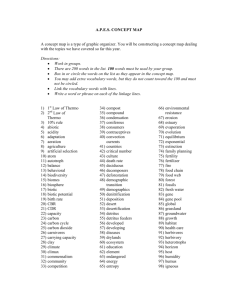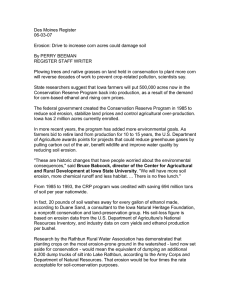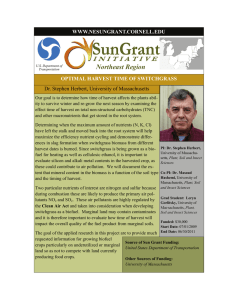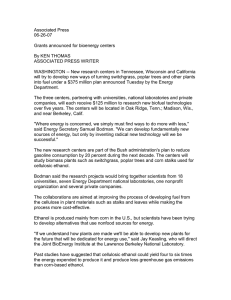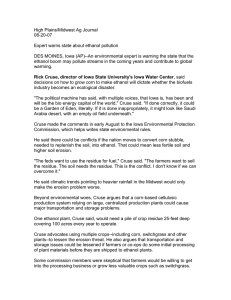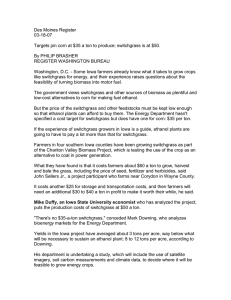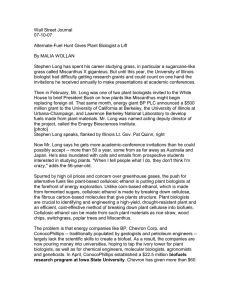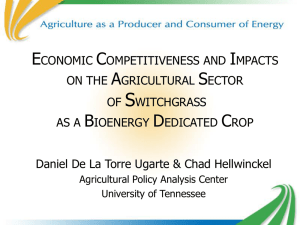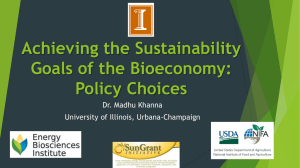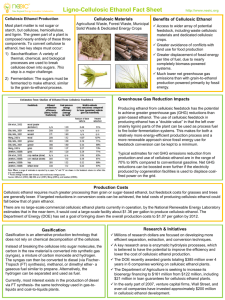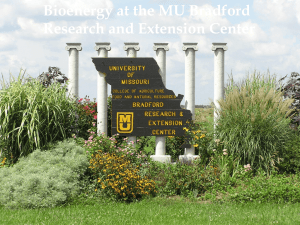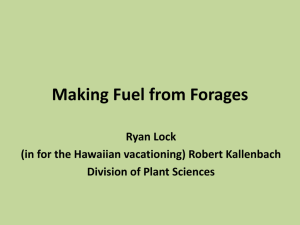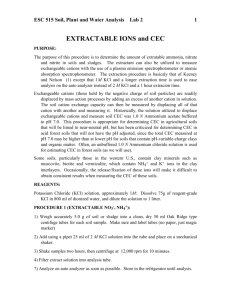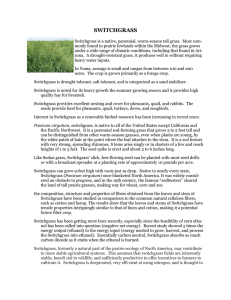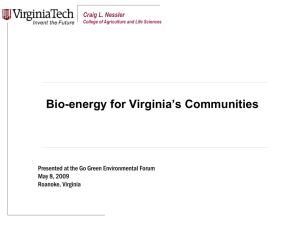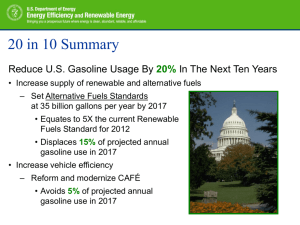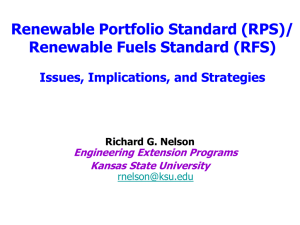Warm Season Grass Production and the Environment
advertisement
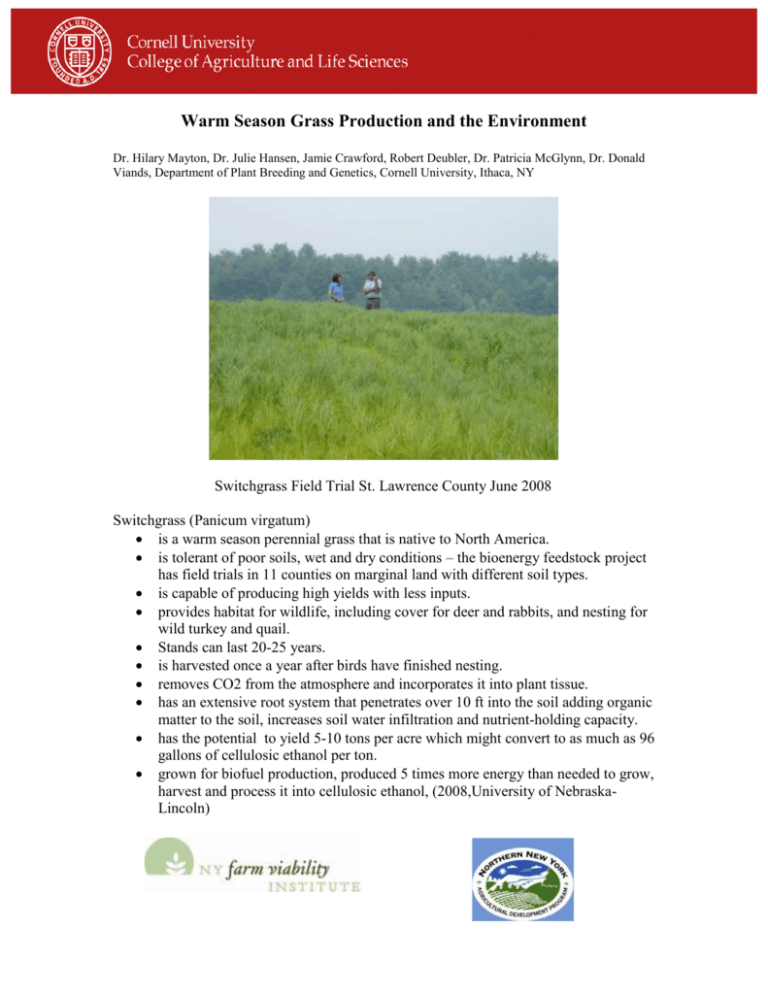
Warm Season Grass Production and the Environment Dr. Hilary Mayton, Dr. Julie Hansen, Jamie Crawford, Robert Deubler, Dr. Patricia McGlynn, Dr. Donald Viands, Department of Plant Breeding and Genetics, Cornell University, Ithaca, NY Switchgrass Field Trial St. Lawrence County June 2008 Switchgrass (Panicum virgatum) is a warm season perennial grass that is native to North America. is tolerant of poor soils, wet and dry conditions – the bioenergy feedstock project has field trials in 11 counties on marginal land with different soil types. is capable of producing high yields with less inputs. provides habitat for wildlife, including cover for deer and rabbits, and nesting for wild turkey and quail. Stands can last 20-25 years. is harvested once a year after birds have finished nesting. removes CO2 from the atmosphere and incorporates it into plant tissue. has an extensive root system that penetrates over 10 ft into the soil adding organic matter to the soil, increases soil water infiltration and nutrient-holding capacity. has the potential to yield 5-10 tons per acre which might convert to as much as 96 gallons of cellulosic ethanol per ton. grown for biofuel production, produced 5 times more energy than needed to grow, harvest and process it into cellulosic ethanol, (2008,University of NebraskaLincoln)

